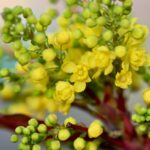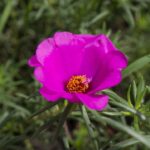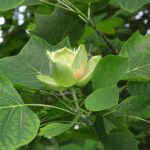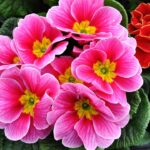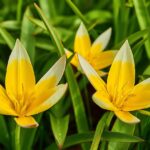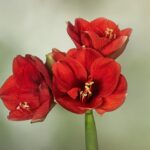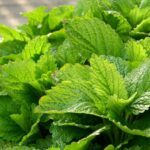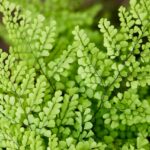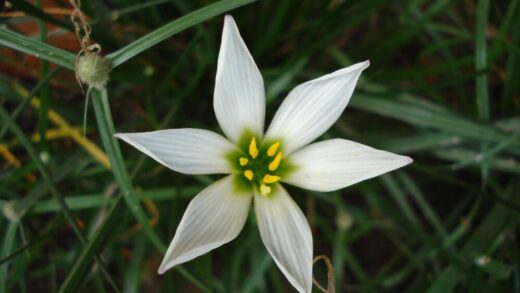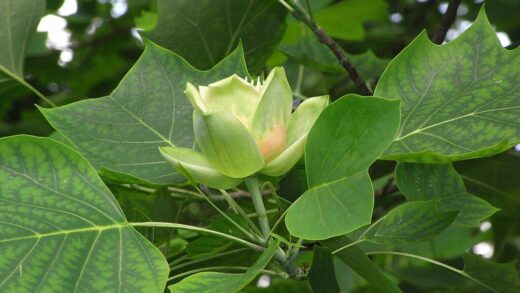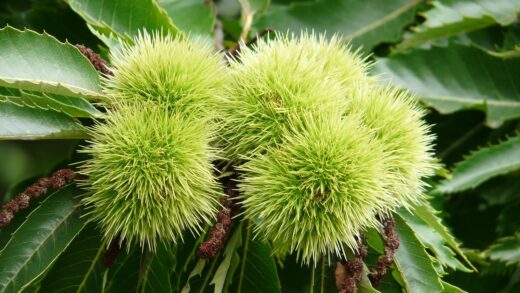Pruning and cutting back of angel’s trumpet
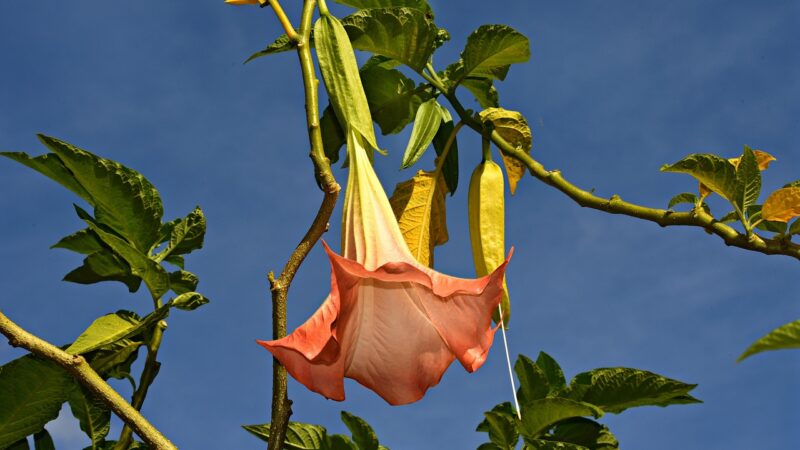
Pruning is a vital and proactive horticultural practice in the cultivation of Brugmansia, essential for managing the plant’s size, shaping its structure, and, most importantly, maximizing its flowering potential. These vigorous growers can quickly become large and unruly if left to their own devices, and a strategic approach to cutting them back is necessary to maintain a healthy and aesthetically pleasing specimen. Far from being a detrimental act, proper pruning stimulates the plant to produce new growth, and it is on this new growth that the magnificent, pendulous flowers are formed. Understanding when to prune, what to prune, and the techniques to use will empower a gardener to take control of the plant’s development and encourage a more robust and floriferous display season after season.
The primary motivation for pruning an angel’s trumpet is to encourage the development of flowering wood. A key feature of the plant’s anatomy is the point at which its main stem or branches fork into a ‘Y’ shape. The plant is genetically programmed to produce flower buds almost exclusively on the growth that occurs above these ‘Y’ junctions. Therefore, pruning efforts should be focused on encouraging more branching in the upper parts of the plant’s canopy. Cutting back the stems above a ‘Y’ will typically cause multiple new shoots to emerge, each of which will have the potential to produce flowers, thus significantly increasing the overall bloom count.
Pruning is also an indispensable tool for size and shape management. A healthy Brugmansia can grow to the size of a small tree in a single season, which can be overwhelming for smaller garden spaces or containers. Regular pruning allows the gardener to maintain the plant at a desired height and spread. It is also used to create a strong, open framework of branches, which improves air circulation through the plant, reducing the risk of fungal diseases. A well-shaped plant not only looks better but is also structurally more sound and capable of supporting the weight of its heavy blooms without breaking.
The timing of the pruning is a critical factor. The most significant structural pruning is typically performed either in the late autumn, just before the plant is brought indoors for winter, or in the early spring, just as it is beginning to break dormancy. An autumn pruning makes the plant more compact and manageable for overwintering. A spring pruning serves to remove any winter-damaged wood and to shape the plant for the upcoming growing season. Lighter, maintenance pruning can be performed throughout the summer to remove spent flowers, yellowing leaves, or any errant branches, helping to keep the plant tidy and directing its energy towards new flower production.
The purpose and timing of pruning
The fundamental purpose of pruning Brugmansia is to manipulate its growth in a way that is beneficial for both the plant’s health and the gardener’s objectives. A primary goal is the stimulation of new growth. Angel’s trumpets flower on ‘new wood,’ meaning the blooms are produced on stems that have grown during the current season. By cutting back old stems, the plant is forced to produce new shoots, and this directly translates into a greater potential for flowers. This renewal process keeps the plant vigorous and productive, preventing it from becoming woody and sparse with age.
More articles on this topic
Another key purpose is size control. Given their rapid growth, Brugmansia can easily outgrow their allotted space. Pruning is the most effective method for keeping the plant in scale with its surroundings, whether it is in a container on a patio or in a mixed border in the garden. For plants that must be moved indoors for winter, a significant autumn pruning is often a logistical necessity, reducing the plant’s volume to make it physically possible to move and store. This annual ‘hard prune’ is a standard part of the cultivation cycle in colder climates.
The timing of pruning is determined by the climate and the specific goal of the cuts. The main structural pruning is best reserved for the plant’s dormant or semi-dormant periods. In regions with cold winters, pruning in late autumn after the first light frost has caused the leaves to drop is ideal. This tidies the plant for winter storage. Alternatively, gardeners can wait until early spring before new growth emerges. A spring prune allows the removal of any wood that may have been damaged during winter storage and gives a clear view of the plant’s structure for shaping.
Throughout the active growing season, from late spring to early autumn, only light pruning should be undertaken. This is often referred to as ‘tipping’ or ‘pinching’. It involves removing the terminal bud of a green, non-flowering shoot to encourage it to branch out. Deadheading, or the removal of spent flowers and their stalks, can also be done during this time. This maintenance-level pruning keeps the plant looking neat and prevents it from wasting energy on seed production, redirecting that energy instead towards the development of more flowers.
Techniques for structural and maintenance pruning
Structural pruning is about creating a strong, well-balanced framework for the plant. This is best done in early spring when the bare branches are visible. The first step is to remove any dead, damaged, or diseased wood, cutting back to a point where the stem tissue is healthy and green. Next, identify any branches that are crossing, rubbing against each other, or growing inwards towards the center of the plant. Removing these will open up the canopy, improving light penetration and air circulation, which helps to prevent disease. The goal is to create an open, vase-like shape with well-spaced branches.
More articles on this topic
A critical concept in Brugmansia pruning is the ‘Y’ junction. The plant must reach a certain level of maturity before it forms its first ‘Y’, and subsequent flowering will occur on the growth above this point. When pruning, it is vital to preserve this main structure. Cuts should generally be made on the branches that have grown above the ‘Y’s. Trimming these branches back by about one-third will encourage the development of multiple new side shoots from the nodes just below the cut. This multiplication of flowering wood is the key to a spectacular floral display. The main trunk below the first ‘Y’ should never be pruned unless one intends to retrain the plant’s form completely.
Maintenance pruning during the growing season is a much lighter affair. One common technique is ‘tipping’, which is simply pinching off the growing tip of a young, vegetative branch. This stops the branch from elongating and encourages it to produce side shoots, which will be more likely to produce flower buds. Another essential task is deadheading. Once a flower has faded, the entire flower stalk, or pedicel, should be removed. If left on the plant, it may begin to form a seed pod, which consumes a great deal of the plant’s energy. Regularly removing these spent blooms keeps the plant looking tidy and focuses its resources on producing new flowers.
When making any pruning cut, technique matters. Always use sharp, clean tools, such as bypass pruners or a pruning saw for thicker branches. A clean cut will heal more quickly and is less likely to become a site for infection. Make the cut at a slight angle, about a half-centimeter above a leaf node or a side branch. The angle ensures that water will run off the cut surface, reducing the risk of rot. For general shaping, try to cut back to an outward-facing node, as this will encourage the new growth to grow outwards, contributing to a more open and attractive plant structure.
Hard pruning for rejuvenation and overwintering
Hard pruning is a more drastic form of cutting back, where a significant portion of the plant’s top growth is removed. This technique is most commonly employed for two main purposes: to prepare a large plant for winter dormancy and storage, or to rejuvenate an old, overgrown, or poorly shaped specimen. When preparing a plant for winter, hard pruning is often a necessity. The plant can be cut back by as much as two-thirds of its size, retaining a main framework of the thickest, woodiest stems. This dramatically reduces the plant’s footprint, making it much easier to move and fit into a limited storage space like a garage or basement.
The process of a hard prune for overwintering should be done in the autumn, typically after the first light frost has caused the foliage to wilt. First, remove all remaining leaves from the plant. This eliminates a primary source of water loss and removes potential hiding places for pests. Then, using sharp loppers or a pruning saw, cut back the main branches, always making sure to preserve the primary ‘Y’ junctions if possible. The goal is to create a compact ‘skeleton’ of the plant that will serve as the foundation for the next season’s growth.
Hard pruning can also be used to reinvigorate an old plant that has become woody, leggy, and unproductive. Over time, a Brugmansia can develop a tangled mass of old branches with sparse foliage and reduced flowering. A rejuvenation prune involves cutting the entire plant back severely in the early spring, sometimes down to just a few main stems that are only a foot or two high. While this may seem extreme, it can stimulate the plant to send up a profusion of strong, new, vigorous shoots from the base and the remaining stems. This new growth will be much more productive in terms of flowering.
After any hard pruning, the plant’s care routine must be adjusted accordingly. A plant with very little top growth will have a drastically reduced need for water. It is crucial to reduce watering frequency to prevent the soil from becoming waterlogged, which could lead to root rot. Fertilization should also be withheld until a significant amount of new growth has appeared and the plant is clearly in an active growth phase. While it may look stark at first, a hard-pruned Brugmansia will almost always respond with surprising vigor, quickly regenerating into a lush, full, and productive plant.

